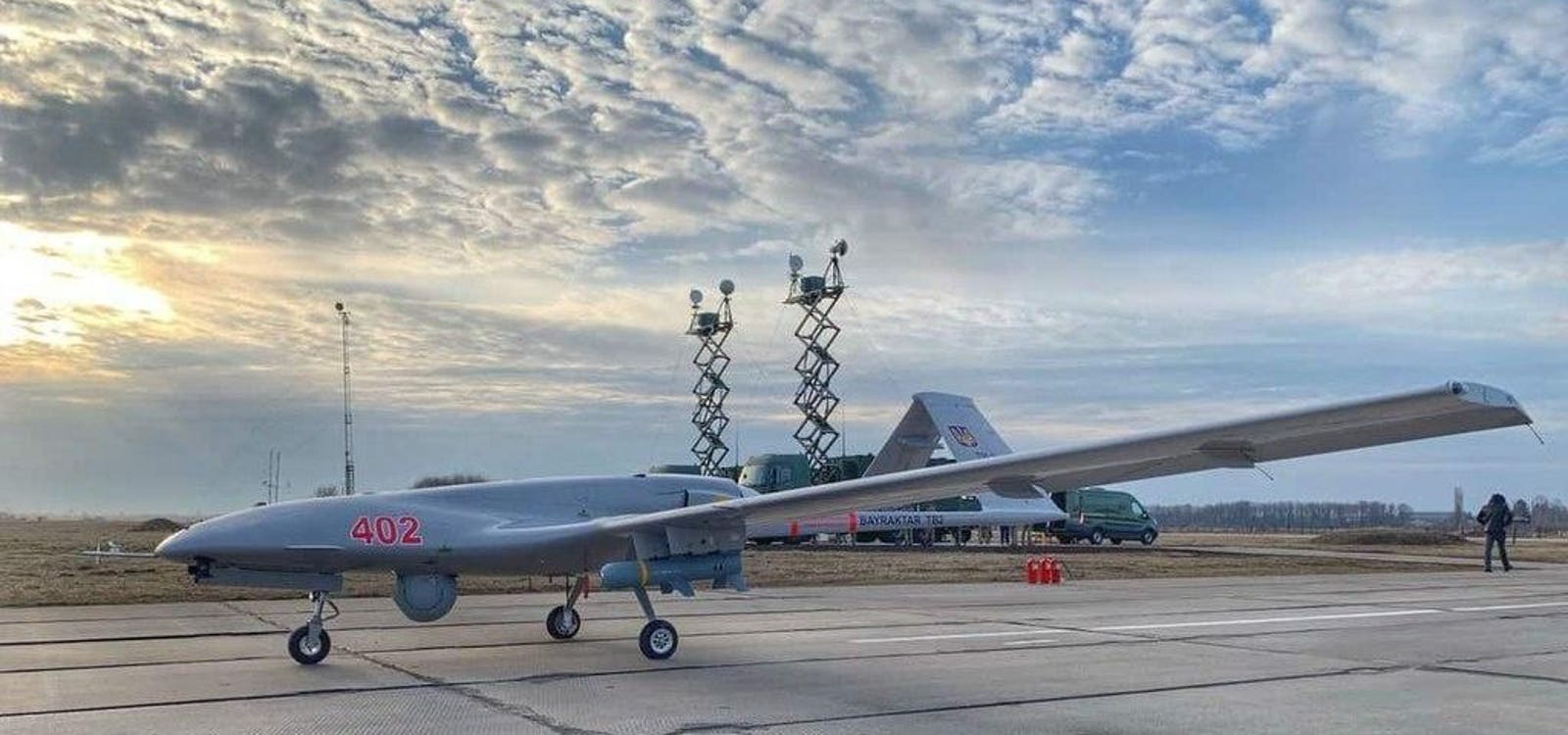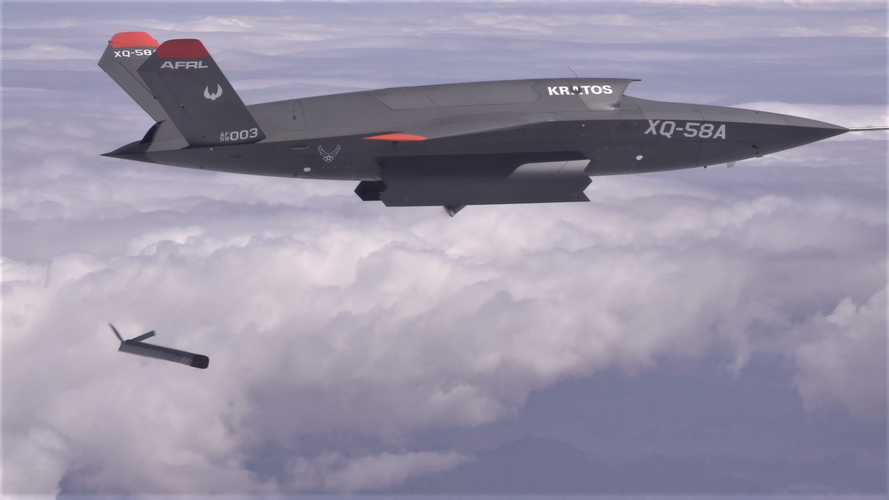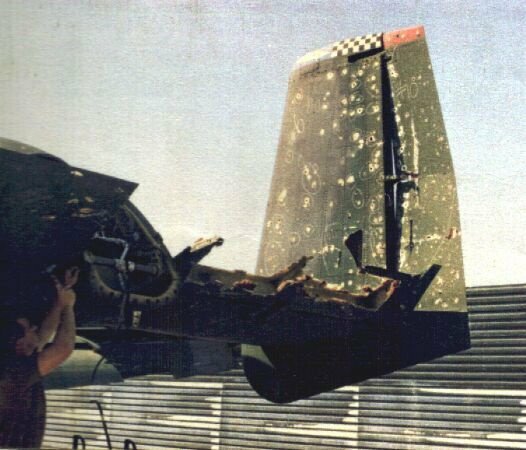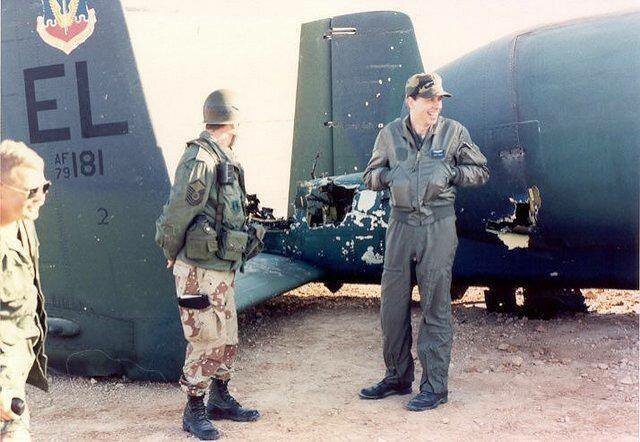Disagree, drones have very poor situational awareness. And if you slap the F-35 DAS/EOTS on a drone, it's suddenly not that cheap anymore.
EOTS is an internal Sniper XR pod. You're telling me that isn't cheap? Better call the USAF then, they have tons of those. F-35 is expensive because of a lot of reasons but not because it has a built-in weapons pod. Better call the U.S. Army actually, because they're getting a nifty little SAR for their Grey Eagles, too.
A CAS aircraft simply doesn't need situational awareness. Just don't get shot at? It's not that hard, considering MQ-1s did it all the time against ISIS a decade ago, and presumably this drone would be VLO, which denies the ability of long range air defense systems like S-300PMU and MiG-31 to attack it easily (not that they could anyway).
You can probably produce an actually useful, radar stealth assault drone carrying 2-4 Small Diameter Bombs or ~2 500 lbs JDAMs (the only CAS weapons that matter nowadays) for less than $40 million. Which is about as much as an attack helicopter, and eminently affordable in large quantities, to be stockpiled as needed.
Make sergeants fly it instead of needing actual pilots and it will work just fine. This is beyond the bureaucratic-political capacities of the U.S. Air Force but probably not the PLA or Turkey.
The Iraq War and Desert Storm.
Manned or unmanned is irrelevant.
Absolutely not, considering unmanned aircraft have sortie rates and turnaround times two or three times higher than manned aircraft. Attrition rates of 2-3%, which are unsustainable for manned aircraft, have been doubled against TB-2s with no noticeable effect on the operating tempo of the robotic aircraft. If we include loitering munitions, the attrition rates climb to 80-100% routinely, obviously not workable for a manned aircraft like an A-10, which would barely be able to handle a 3-4% attrition rate at its peak.
It won't be survivable, able to defend itself from aircraft, or particularly flashy. Mostly because it would look like a Kratos Q-58. Eliminating the pilot, and all the associated redundant safety features which are expressly designed to keep him alive, it is the only way to get a cheap CAS aircraft these days.
That is, if we define CAS as "dropping a bomb on a designated target provided by a ground controller and returning to base for rearming" of course. Because what else is CAS? If you're just calling in a rocket and watching it hit a target, it's the Artillery Branch's problem.
...or you could have a few hundred or a thousand ground attack aircraft built by a more advanced and ancient civilization I guess.
To my knowledge neither side has been operating larger UAS, Turkish or otherwise, anywhere near the front lines. Loitering munitions used in conjunction with disposable UAS are likely to become a mainstay for CAS.
I think you're getting caught up in the different levels of drones.
Platoon and infantry section drones like DJI Phantoms aren't relevant here. It's about a aircraft that can be lost like the A-10 was expected to be lost, and the only demonstrated way to break that 3-4% attrition rate "barrier" of manned jets is by having a relatively simple robotic aircraft, stripped bare of anything besides a GNSS, VHF link, possibly a SATCOM, autopilot, FLIR turret, and bomb shackles.
Months after virtually disappearing from Ukraine’s skies, the Ukrainian armed forces’ Bayraktar TB-2 drones are back in action.

www.forbes.com
Analysts tell Breaking Defense that there has been a shift in how Ukraine uses its TB2 drones, as the direct result of Russia's change in air defense tactics over the course of the war.

breakingdefense.com
Ukraine's TB-2 force is back in action. It didn't stop because it wasn't survivable. This is because Ukraine literally ran out of parts and money to pay Bayraktar for more, but they will get a factory eventually. Because Ukraine is used to simply begging for free stuff, they didn't want to pay for them, but now they can. The Russians have since altered some of the calculus by changing tactics, but not enough to stop a regenerated TB-2 force, because drones are genuinely tough to stop.
This is a drone which is not very advanced though. A more advanced version might be powered by a turbofan or shrouded propfan engine for commonality with commercial platforms, internal carriage of weapons and relatively higher tolerances in manufacturing to reduce radar signature, and autonomous systems to allow it to operate in heavy EW environments. All of that stuff is either well understood now or becoming commercialized, which will keep costs down. 30 years ago a $40 million dollar CAS jet would be obscene. Nowadays, it's the price of a new build AH-64E.
Expensive things like ELINT packages, RWRs, high performance GMTI, and wide angle, long-range staring FLIRs aren't required. If you want a radar, use a Longbow, or a derivative of it, or a more advanced commercial radar like the NanoSAR (developed for fisheries protection).
Most importantly, a little cheap robot plane will free up always limited quantities of F-35s/F-22s to do things like offensive counter-air and SEAD. CAS is a relatively meaningless mission for air forces as long as their airbases aren't in danger, after all, because it eats up pilots and manpower that can be better used fighting the enemy's air and artillery troops.
The main issue is that people think of drones like they think of manned aircraft and attack helicopters, when they should think of drones like they think of cruise missiles or artillery shells, and not be afraid to lose them. Even manned aircraft and attack helicopters are units of ammunition to a corps commander, though those guys don't do their jobs very often these days.
This is a symptom of fighting wars where the stakes of losing the war are less than the stakes of looking bad in a Congressional hearing.







